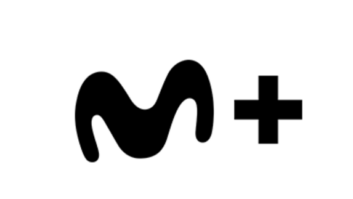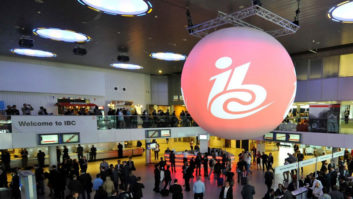The CBS Marketing Group struck a landmark deal last week with digital signage technology and management company X2O Media in the US, bringing diverse content offerings including clips and segments from CBS News, Sunday Morning, 60 Minutes, Entertainment Tonight and other brands to a rapidly expanding media space, writes Richard Dean.
“Digital signage is a huge opportunity for advertisers and for CBS,” said George Schweitzer, president of CBS Marketing. “After working together very effectively over the past year, we’re excited to deepen our relationship with X2O Media and to find new ways to extend CBS’s world-class brands and content to a host of new platforms.”
‘Platforms’ is the very word when it comes to UK subsidiary CBS Outdoor in the UK. The outdoor advertising company has already installed three ‘XTP’ (Cross Platform Projector) screens on the southbound Victoria line at Euston and is committed to operating 25 across the London Underground system by this summer. Tunnel sensors cut the overhead displays, which solve wall curvature and clearance limitations, when trains approach.
Sequential ‘digital escalator panel’ 23-in HD LCD arrays across 12 stations and 57-in standalone displays each showing 10-90 sec ads are also part of CBS Outdoor’s new ‘Alive’ digital signage infrastructure, which aspires to target more than three million daily users of the London Tube network. Initial research indicates a significant uplift in advertised products, claims CBS.
Data flows through a combination of a wide area network between stations and local area networks at each, designed and managed by content distribution specialist Arqiva, which also provided infrastructure for the BBC’s Freesat free-to-air digital DTH platform launching this month. “Today’s digital signage installations are the tip of a very large iceberg,” predicted John Dunlop, head of marketing services at Arqiva’s Satellite Media Solutions division. “It’s the last true medium,” he added. “Formats and gadgets may come and go, but you can’t replace real estate.”
According to digital out-of-home pioneer John Eisenhauer, who made his fortune by selling his 1996-founded Mercury Online Solutions to 3M in 2005, content is ultimately what will make a digital signage network a success or not.
“The ability to engage audiences, get them to notice a new product or service, motivate them to action and connect them to a brand is the paramount purpose of all digital signage content,” he says. “Non-ad content can help achieve these goals while enhancing advertising messages, create new ad opportunities and sponsorships, leverage editorial content and give viewers a valuable reason to view the network.”
Broadcasters are well-placed to supply this content, according to Tim Thorsteinson, president of Harris Broadcast Communications. “For broadcasters, digital signage is a natural business progression as they already have the basic equipment, relationships with advertisers and ad agencies, and content in place,” he says.
The X20 deal follows the decision by London’s Evening Standard and regional newspaper group Newsquest last December to pursue additional revenue with a roll-out of digital billboards containing a mix of news headlines and ads.
The Standard has taken delivery of 30 outdoor 32-in ‘Extra!’ screens in the first stage of its London installation in sales booths at major footfall sites including Euston, Fenchurch Street, Farringdon and Waterloo stations. Meanwhile Newsquest has signed up with Lancashire-based Comtech M2M (machine-to-machine) digital signage network provider for a wireless indoor version of the “Extra!” system targeting captive audiences at newsagents. Both units can be updated at any time from advertising sales and newsrooms.







